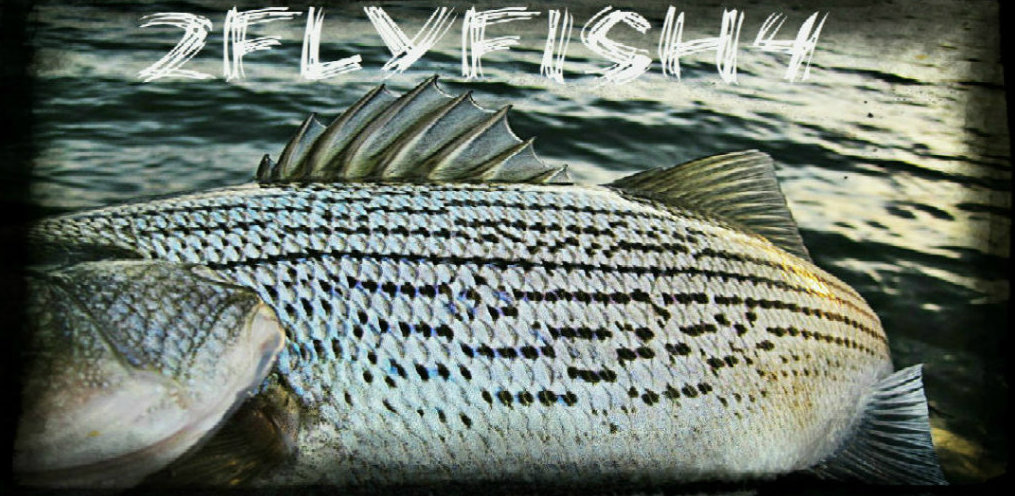My buddy Landon and I booked a day with Orvis endorsed fly fishing guide Rob Woodruff to go chase some Lake Welsh largemouth. Landon and I arrived at Lake Welsh early this morning as the lake was completely fogged in. After getting the boat launched and getting our gear situated we had bass chasing bait into the bank not 20 feet from the beached boat. A promising sign to a morning that started off a little slow. A cold front passed through a few days ago and we were dealing with high pressure and a clear blue bird sky. Defiantly not the best of conditions but we knew we would stick some fish. It was probably late morning before we brought our first fish to the boat. A nice chunky bass with great colors that ate a dumbbell crystal bugger. Through out the day the fish catching remained sporadic. We picked up probably 6-8 fish throughout the day. As the sun began to set and most the other anglers on the lake had already called it a day Rob took us to some of his favorite spots on the lake. As the evening shadows began to elongate on the the water I switched flies to a Dahlberg diver. Casting to the edges of cattails it wasn't long before a nice bass inhales the fly simultaneously the classic sound of your flyline getting zipped off the water and tight to a fish. For the next hour of daylight that scene replayed itself at least half a dozen times.
January bass on a Dahlberg Diver.
Landon working some cattails.
Clear water enables you to see most strikes.
So the next time the winter time blues start setting in as a result of short days, too much couch time while watching televised sports. The below lakes offer anglers a cure for the winter doldrums. ***Some of the coal plants on these lakes run year round, some are turned on and shut down depending on power demand. So make sure to research the below lakes as some of these lakes are not going to produce warm water all winter long***
-Martin Creek Lake
-Lake Fairfield
-Lake Bastrop
-Lake Monticello
-Fayette County
-Lake Calaveras
-Braunig Lake
-Coleto Creek
-Decker (Walter E. Long)
-Gibbons Creek
-Graham
-Brandy Branch
-Squaw Creek
Rods, Flies and Leaders
- Rods should be in the 6-8wt range. You standard 9' rod will work but my all time favorite bass fly rod is TFO's Mini Mag series rod.
-Flies....What wont a largemouth eat? Generally speaking flies should consist of varies poppers, Dahlberg divers and other topwater patterns that push water and make noise. Subsurface patterns should be various streamers with weed guards or ride hook point up. There are so many innovative streamers on the market right now to choose from its mind boggling. I don't think you can go wrong with any of them. Suggested colors will be the standard chartreuse/white, all white, white tan, perch and fire tiger combinations. One fly I have always had good luck with is a dumbbell cyrstal woolly bugger in olive.
-Leaders are pretty standard. I just use 3-4 feet of 20lb flouro attached to 3-4 feet of 12lb flouro. I use loop knots to connect the 2 sections of flouro and your good to go.






